Many families have stories about the criminal behavior of one of their family members. It’s natural to not want to talk about or explore these events because they can make us feel embarrassed or even ashamed. But, you don’t have to commit murder or make counterfeit money to be considered a criminal. Something as simple as littering can result in a fine and a person’s name being entered into the criminal record books for all eternity.
Even if you don’t know if anyone in your family committed a crime, exploring this path of research may yield important clues to your family history.
While the words “criminal records” implies that someone was convicted of a crime, this is not always true. Your grandma Daisy may have been arrested during Prohibition on suspicion of making moonshine. She was fingerprinted, mug shots taken, she pled not guilty (because, of course, grandma Daisy would never do such a thing) and she was put on trial. Even if the court found her innocent or the charges were dismissed on a technicality, her “criminal records” still exist.
For this reason, searching for criminal records can be a smart next step when your genealogy research has hit a dead end.
Criminal records are extremely valuable for genealogical research as they are more detailed than many other types of ancestral records and can contain photos, address information, physical descriptions, and details on distinguishing marks.
For example, distinguishing marks like a relative with a tattoo or missing limb or eye might indicate that they served in the military. Imagine finding an old mug shot of a relative who is wearing a fraternal or other organizational pin on the lapel of their jacket. An entirely new avenue of exploration opens up.
Where to Find Free Sources of Criminal Records for Your Research
There are a vast array of resources on the internet for finding criminal records, especially at the state level, but when you first dive into searching you might feel overwhelmed. The following information will give you a basic understanding of what kind of criminal records are available and where you can find them online for free.
During your hunt, you may come across legal terms that will stump you. When this happens, try using one of the online legal dictionaries that are available like Black’s Law Dictionary.
We have linked mostly to free genealogy resources in this article, but we have also included a few paid resources that could benefit your research. If you purchase a subscription to one of these sites after clicking on a link on this page we may earn a fee to support our work.
Court Records
There are four main types of court records in the US: dockets, minutes, orders and case files.
Dockets are the calendars of the court. They show the names of the plaintiff and defendant, the case file number, the date the case was/will be heard, and all the documents related to the case. Normally, dockets are in chronological order by date and you will find some that are indexed for searching.
Court clerks keep the minutes of all the actions taken by the court. These include a brief description of the actions the court took and the names of the defendant and plaintiff. Like court records, minutes are in chronological order, but they are rarely indexed.
Orders are the judgments made by the courts. They consist of a brief description of the case and explain what the court decided. These records are helpful in many aspects of genealogy research besides investigating a person’s criminal history. Court orders may contain very unique pieces of information like the appointment of guardians, orders granting citizenship, and the re-recording of deeds in cases where land records were destroyed. You won’t find this information in any other court records.
Case files often contain the most helpful genealogical information. Legal cases always have a case number (found on the docket and other records) and this is an important piece of information to have if you can find it, because case files may contain detailed testimony, evidence, depositions, petitions, and correspondence vital to your research.
Court record collections in the US and other countries.
The FamilySearch Wiki has a section devoted to United States Court Records. You’ll find links to court records for all 50 states and the District of Columbia.
After clicking on the state you’re interested in, the next screen gives details about the history of their court systems (this helps in knowing how the courts were set up during the time your ancestor lived), direct links to record collections, and information about how to search for court records on the FamilySearch website.
In addition, Blacksheep Ancestors has a page of state-by-state links that take you to more information on court records and prisons. They also have links to collections for searching prisons and court records in Canada and the United Kingdom.
Part of the historical record collections available at FamilySearch are worldwide Probate & Court Records from pre-1700 to the present. To find these collections, follow these steps starting at the FamilySearch home page. In this example, we’re looking for records for the state of Maine.
- At the top, hover over Search and click on Records.
- Scroll down to Find a Collection. Underneath, click the Browse All Published Collections link.
- In the menu on the left under Type, click Probate & Court.
- In the menu on the left, click United States of America.
- In the menu on the left, click Maine.
Ancestry has all of their collections listed in their Card Catalog which can be filtered to find criminal records. Follow these steps from the Ancestry home page. In this example, we’re searching for records in Canada.
- At the top, click on Search then click on Card Catalog.
- In the menu on the left, click on Wills, Probates, Land, Tax & Criminal.
- In the menu on the left, click on Court Governmental & Criminal Records.
- In the menu on the left, click on Canada.
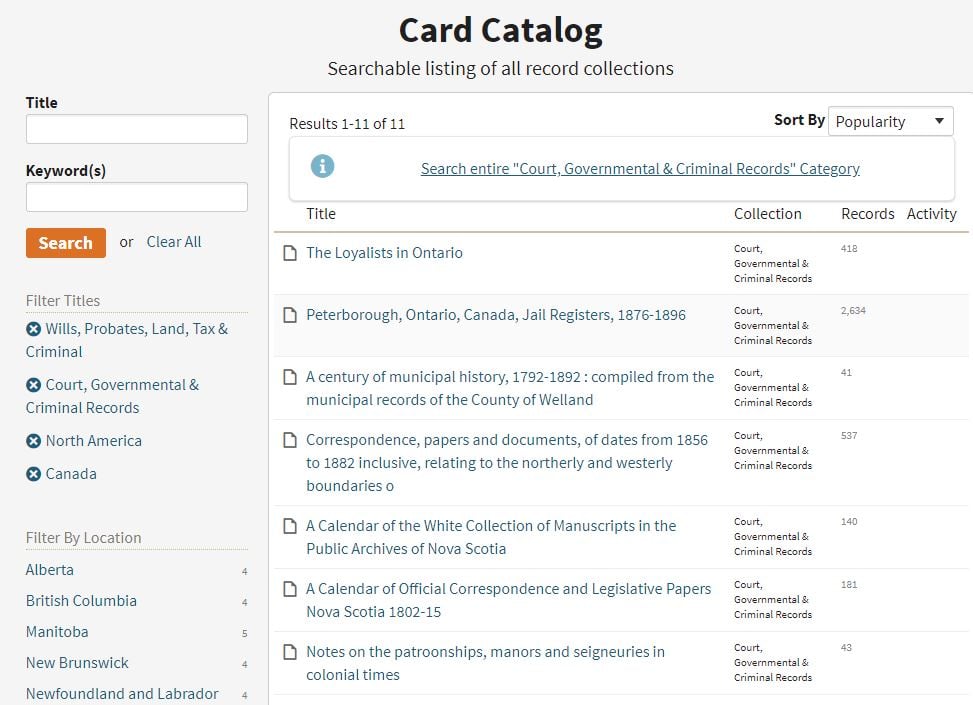
Read more about how finding and using individual collections on genealogy sites can help your research in this article.
PACER (Public Access to Court Electronic Records) is run by the Administrative Office of the United States Courts. It provides access to docket information and case files for all US district, bankruptcy, and appellate (appeals) courts. You have to pay fees to access records, but that money is the sole source of funding for the project.
Northwestern University hosts the website Homicide in Chicago 1870 to 1930 which, among many other interesting features, has an interactive database containing information on over 11,000 homicides that occurred in the city. There are several search parameters including by case number, keyword, victim’s name and the defendant’s name.
Important details for genealogists captured in these records include information on the defendants, the charges, and the verdicts handed down by the courts. You can also learn about the victims and the circumstances of the homicides which may offer additional clues.
If you’re researching ancestors in England, you will want to take a look at Old Bailey Online which contains records of 197,745 criminal trials held at London’s central criminal court between 1674 and 1913. The resource is free. Offences run the gamut from minor to very serious and a variety of punishments were dealt out, including transportation to the U.S. and Australia. This is a fascinating resources even if you do not have ancestors from this region.
Prison and Jail Records
One important aspect to understand about this type of criminal record is the difference between prisons and jails. People often get the terms mixed up or use them interchangeably. Jails are normally run by local authorities and are for holding people awaiting trial or who are only serving a short sentence, likely due to a misdemeanor conviction. Conversely, states and federal governments normally run prisons which are reserved for those with felony convictions are serving longer sentences.
The US Bureau of Prisons has records of inmates from 1982 to the present day. On the webpage, you can search by name (a first name is required), race, age, and sex. The results give you their registration number and show if they have been released and when.
The Alcatraz Inmates List is free and searchable. It contains information on not just their famous prisoners like Al Capone, but many others, one of whom could be your long-lost grandpa Fred. The information in each record includes the inmate’s number, their name, race, offense, and additional notes about if they are an escape risk, gangs they belonged to, if they died in prison, discharge dates, and escape attempts.
The National Archives maintains the database of inmate case files for prisoners who were incarcerated at the Atlanta Federal Penitentiary from 1902 to 1921.
There is no charge to search for a case file, but once you find what you need, you have to request the files from the National Archives. These case files can contain mug shots, fingerprints, birthplace, and information on the inmate’s education.
The Idaho State Historical Society has compiled information on thousands of inmates at the Idaho Penitentiary from 1864 to 1947 into a PDF that also includes information about the prison and interesting statistics about it.
There are detailed records for each inmate including name, aliases, year of the offense, case number, crimes, and additional notes of previous convictions, escapes, etc. They also have another index of prisoners from the same timeframe who were incarcerated for crimes associated with the mining industry. So, if you’ve hit a wall in your research on a relative who was a miner, this is a good place to check.
Some people start out in the prison system early in life, so checking the records of reformatories may prove valuable in your search for a relative and their life history.
For example, Colorado has a free, searchable online database of reformatory records from 1887 to 1939. While searching is free, fees are required to get copies of information from the archives when you make a request. The information in the files includes mug shots, prisoner records, and parole records.
The State of Tennessee offers prisoner lists from their state penitentiary for the years 1831 to 1850 and 1851 to 1870. There is no charge to search the databases but there is a fee if you want a copy of the records. Each record has the prisoner’s name, age, crime, and county. For records up to 1870, you can request information on the date the prisoner came to the penitentiary, their discharge date, and their state of birth.
Mug Shots of Your Criminal Ancestors
These photographic records used in crime investigations were created by a French criminologist named Alphonse Bertillon in the late 1800s.
Mug shots are usually found accompanied by other helpful genealogical information such as physical descriptions, aliases, location information, and details about any convictions. Knowing what crimes your relative was convicted of may give you clues to what other records may be available. Also, if you’re into people watching or just enjoy history in general, these records make very entertaining reading.
Access Genealogy maintains an archive of mug shots taken by the Sacramento, California Police Department from 1864 to 1949. The information is not indexed and searchable, but the handwriting is pretty easy to read as you click through the pages. Going to the full-screen view will let you zoom in on each record.
By registering for a paid membership on the Genealogy Today website, you can access their database of mug shots by clicking on Criminal Records from this page. They also offer access to other crime records including court records on this page.
Newspapers
The good old newspaper is a great place to find crime information. Articles about crimes, escaping the law, and arrests made for exciting copy that enthralled readers and sold a lot of papers. Papers would often run daily or weekly lists of people’s names and their offenses as well as stories about fugitives on the loose.
As part of their Chronicling America project, the National Endowment for the Humanities and the Library of Congress have created the Historic American Newspapers website. Researchers can conduct free searches of over 13 million scanned pages of US newspapers from the years 1789 to 1963 for all 50 US states and the District of Columbia. The advanced search function lets you search by state or within a specific paper using keywords and/or phrases.
The site also has a searchable directory of newspapers from 1690 to present to identify what publications existed during a certain time frame and also gives information on how to access them. You can read about how to use the Chronicling America site here.
Wikipedia also has a massive list of worldwide online newspaper archives spanning hundreds of years. Some sources are free, and others are behind paywalls but this is clearly noted after the name of each paper.
In addition to researching family crimes, this is a great resource to have bookmarked for any time you need to search for people, obituaries, events, or other information related to your family that could have been published in newspapers.
The Google News Archive gives free direct access to the scanned and searchable archives of worldwide newspapers and also provides links to additional online archives. The newspapers are arranged alphabetically by title and the information below each entry shows the number of issues in the archive and the date range they cover.
Finally, Newspapers.com – which allows you to clip sections and pages directly to your Ancestry.com tree – and Newspaper Archive both have large collections of online newspapers, but are paid resources.
Execution Records
This isn’t the most pleasant way to try to find information about a relative but if you’ve hit a brick wall, searching these records may be worth your time. Even if you can’t locate the specific court records using other resources, you can confirm the outcome of a trial and the sentencing by finding a relative here.
The website Before the Needles has free state-by-state execution records and statistics. They are also sorted by execution method, sex, and by federal executions and military executions.
The US National Park Service hosts a web page documenting the men who were executed at Fort Smith, AK from 1873 to 1896. All the men were sentenced to death by the notorious Judge Parker, also known as the “Hanging Judge.”
The website Capital Punishment UK has a fascinating compilation of about 1,600 female executions that took place in England from 1735 to 1799, some of whom were burned at the stake. In addition to the date, name, location, crime, and method of death, the site offers links to some statistical analysis on the changes in execution trends over time.
For more free criminal records resources for your research, check out Cyndislist or learn how to use PERSI here.
No matter how unpleasant the thought of your ancestors tangling with the law may be, the one-of-a-kind details that can be found in records of criminal activity and its consequences are too interesting to pass up.
Happy hunting!
By Barb Bauer. Barb is a biologist and freelance researcher and writer living in Michigan. She uses the investigative and critical thinking skills she honed in graduate school to research her family history and help others understand their past. Among her genealogical activities are fulfilling photo requests on FindaGrave.com, researching her family’s roots using their Ancestry DNA test results, and learning to decipher raw DNA analyses on GEDmatch.com. Barb’s other interests include vintage photography (she’s been a collector for over 20 years), cemeteries, science, antiques, cats, gardening, and backpacking. You can learn more about Barb and the freelance writing services she offers by visiting her website.
Image: Execution of Crawford Goldsby, aka Cherokee Bill, March 17, 1896
You Might Also Like:
Intriguing Old Hospital and Asylum Records Can Be Researched Online for Free
A Gravesite Can Reveal Remarkable Details About Your Ancestor, IF You Can Find It: Here’s How
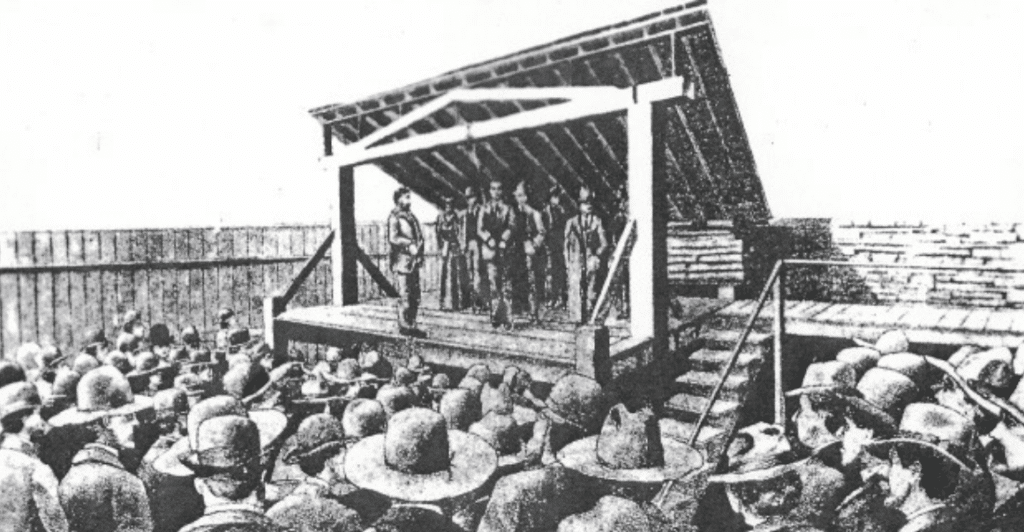
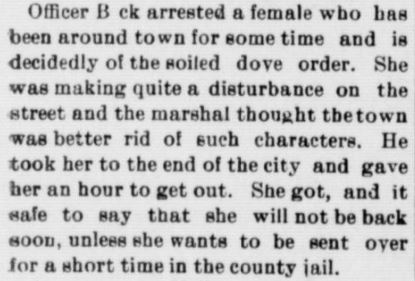

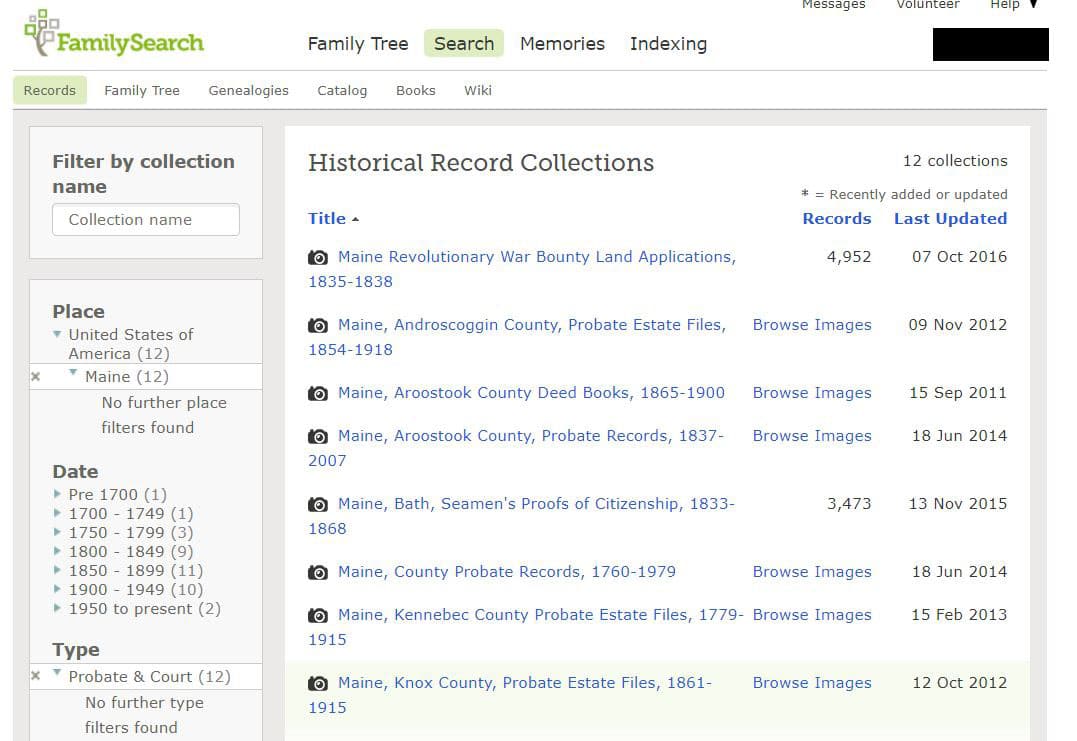
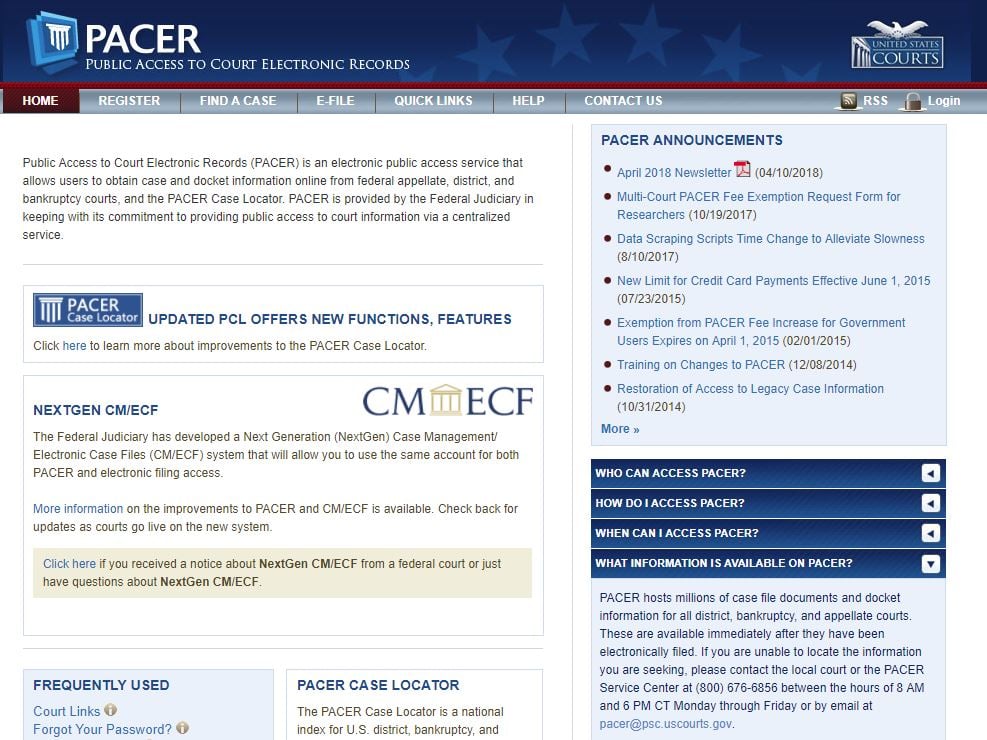

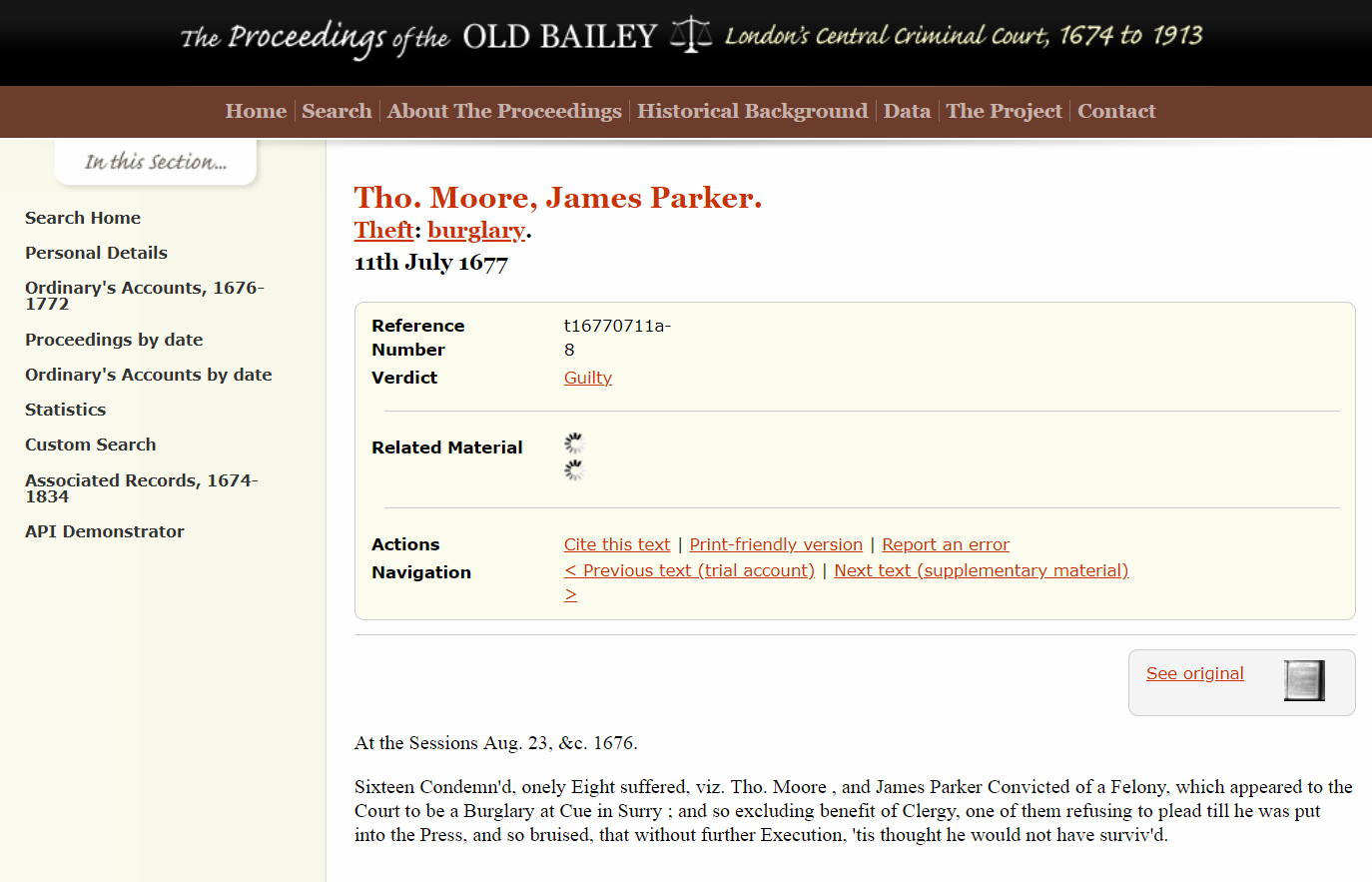
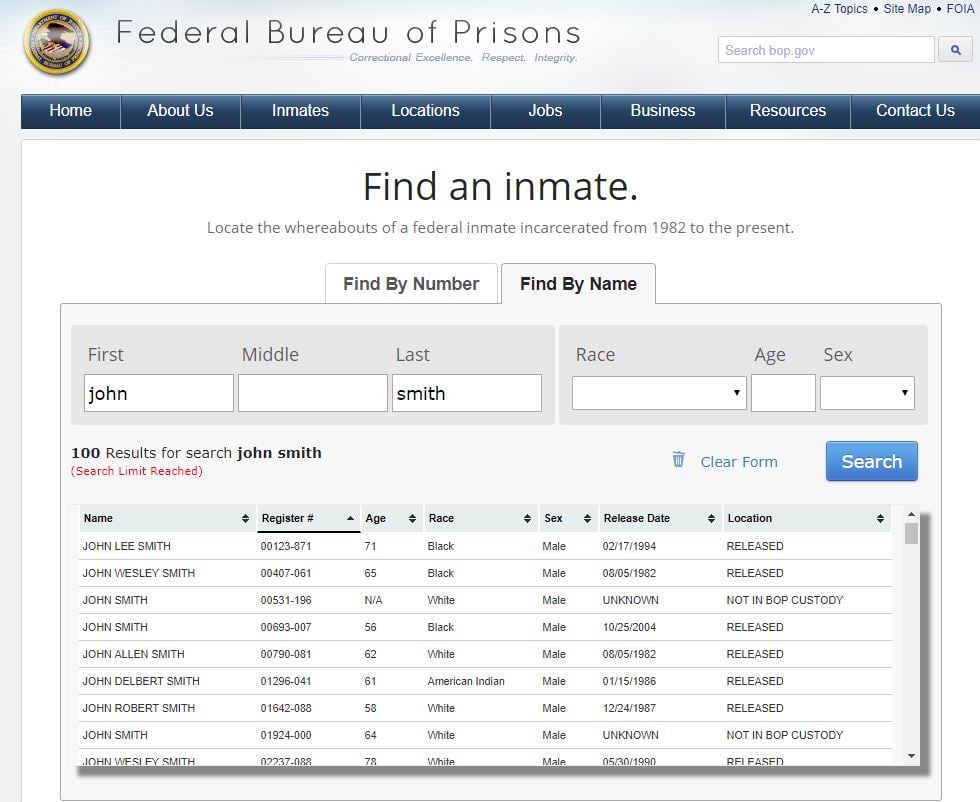
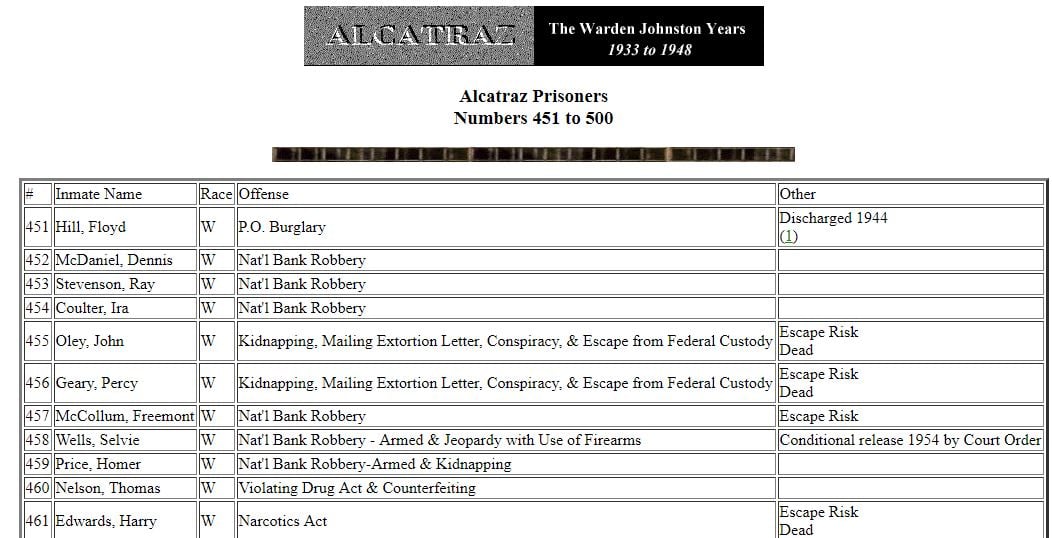
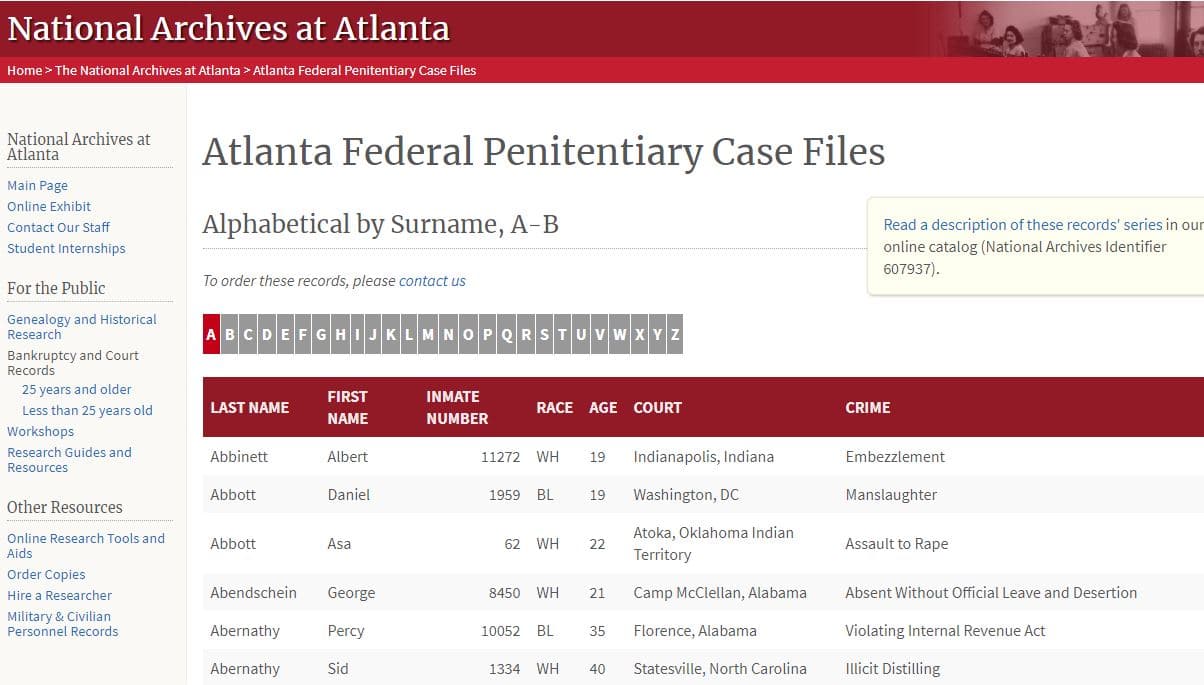
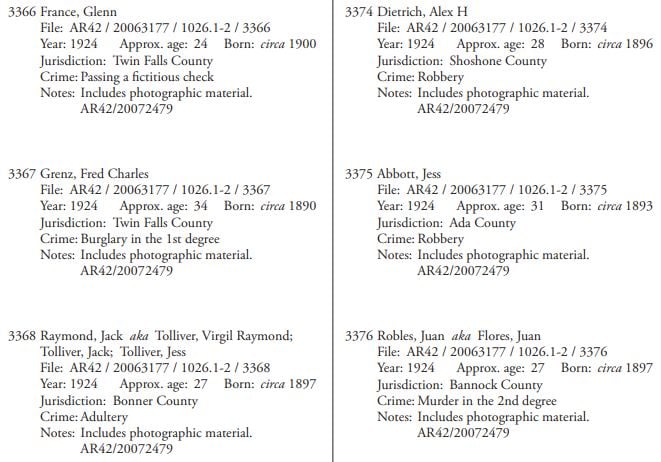
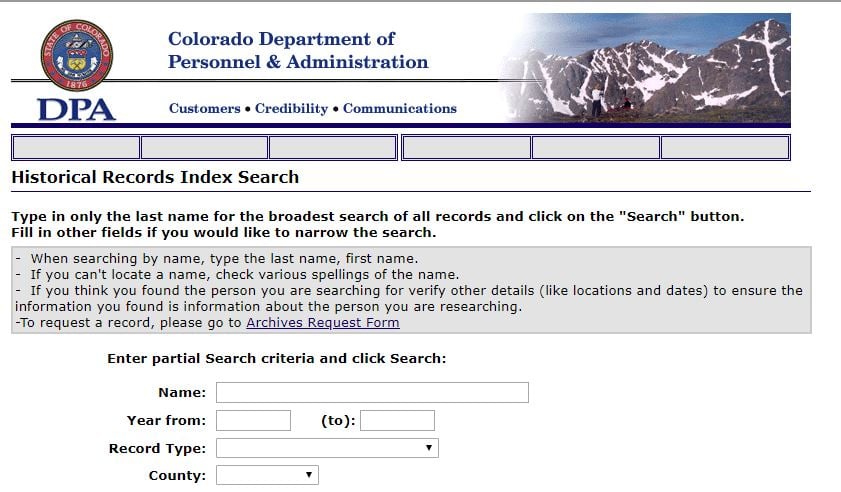


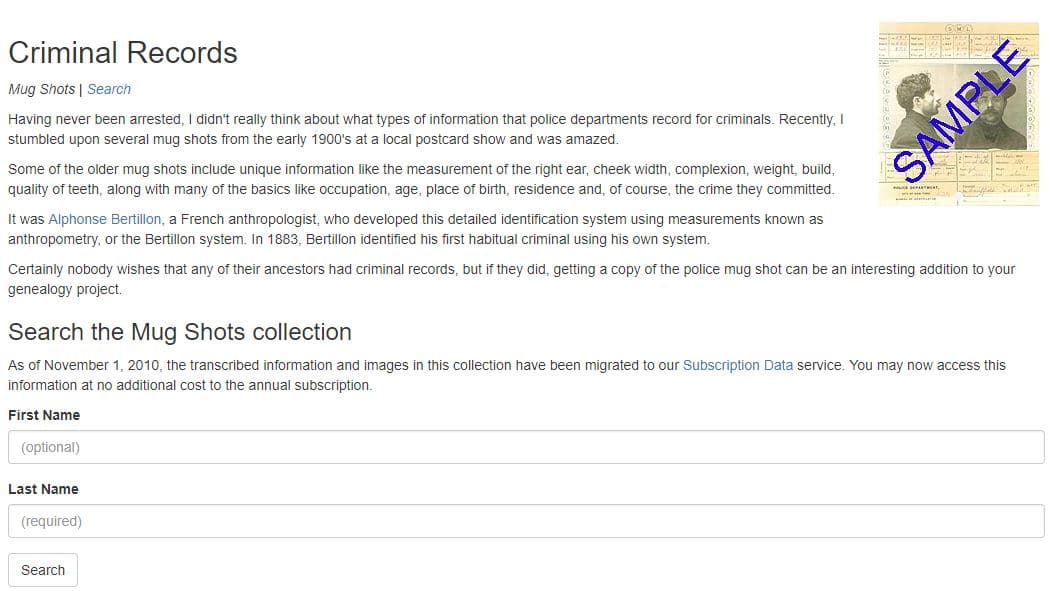
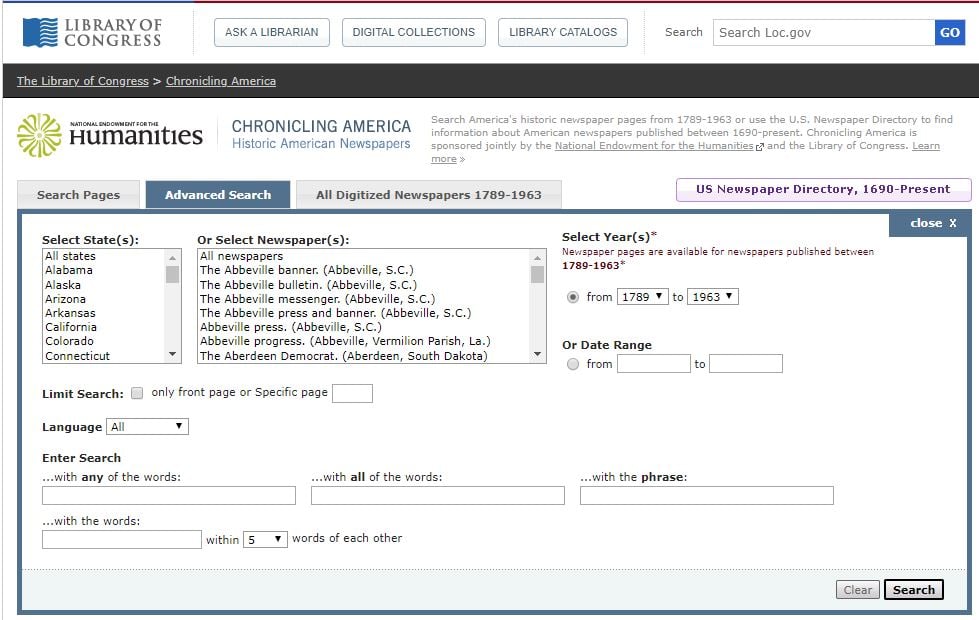



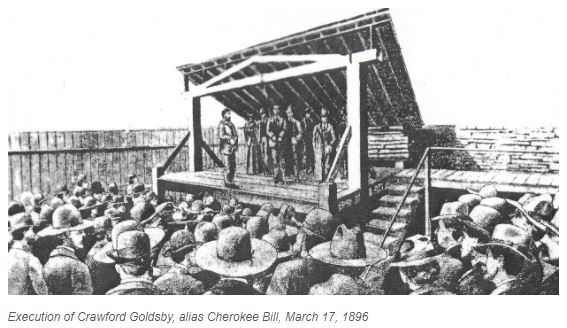
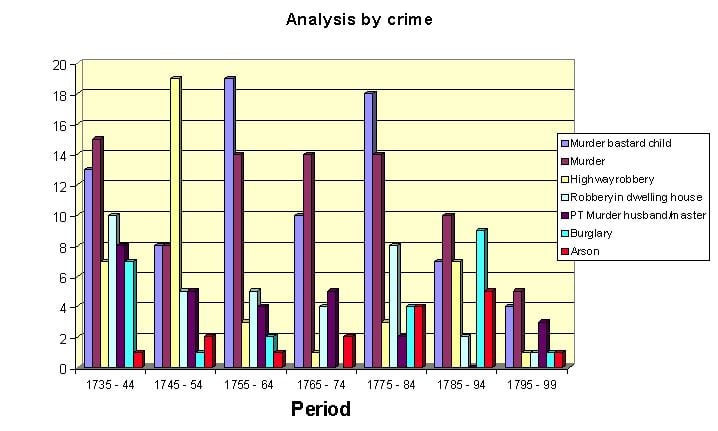
I have a question for BARB BAUER, the author of “Could You Have Criminal Ancestors? 20 Captivating Genealogy Sites to Help You Find Out”. First of all, I thoroughly enjoyed the article and have passed it along to a couple of friends who are newbies at shaking their family trees. I’ve been working on 12 lines of mine for over 50 years and I still find it the most fascinating hobby a person could ever want. As I tell people, if you like puzzles, you will LOVE genealogy! But I digress.
My question is this: at the beginning of your article you include a newspaper clipping about a woman, or more correctly “a soiled dove”, who is run out of town because of her scandalous profession. I found myself initially reading it simply as an article that would point out the criminal activity of someone who could be your ancestor/relative. Then I found myself becoming more interested in what became of this woman. If she was taken to the “end of the city” and told to leave, where did she go? How did she go? I assume she was on foot so I’m wondering if there was another town nearby….or was she just out in the middle of nowhere? We may not like here profession, but I have a serious problem with the way the marshal chose to handle it. If she was my ancestor I would be furious that she wasn’t given another choice or option. She obviously was alone with no way to support herself, which is why she was doing what she was doing. Depending on the era in which this happened, perhaps this was her only choice. Hmmmmmm……….. Any ideas, Barb? Carol Lowery